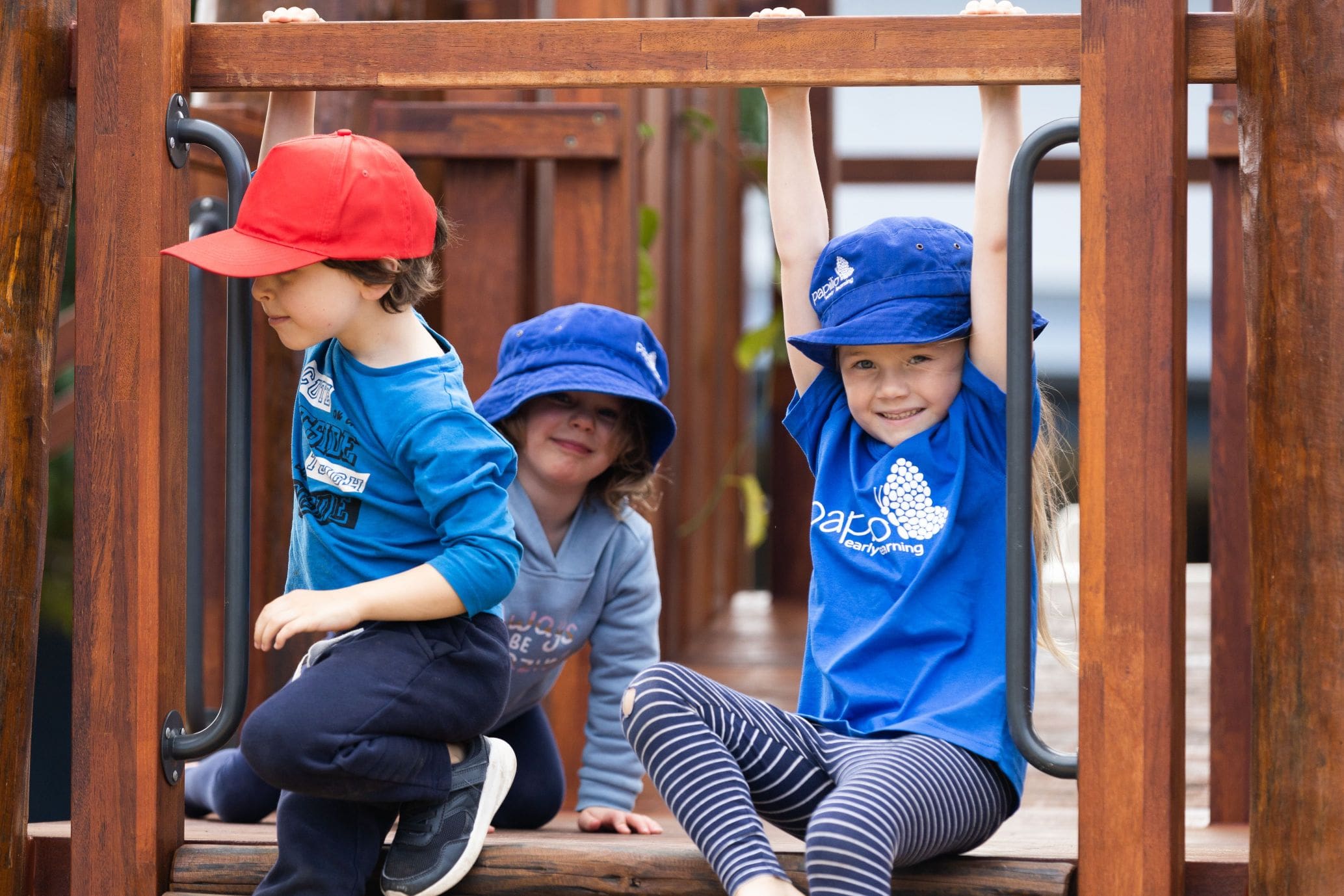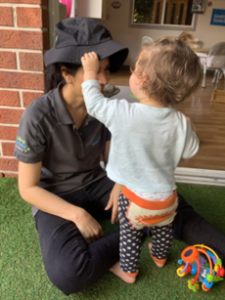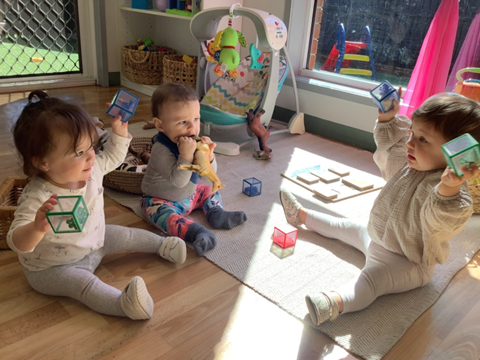
There is so much research and focus on just how crucial the first five years of a child’s life are and how this has an impact on social, emotional and future academic success.
We know how confusing and conflicting it can be for families trying to make sense of many different parent-facing strategies in the pursuit of helping their child thrive before five. Our Lifelong Learning Curriculum has a clear commitment to embedding proven and regarded practices in our early learning environments to ensure your child has the right types of experiences. Part of our commitment to helping children realise their full potential is working in partnership with families and communities to share what we do, why we do it and how we do it, and we know this leads to greater synergy between home and care.
Building Secure Relationships Is Important
Did you know children learn how to become friends with others through their early relationships with key adult figures?
The beginning of positive behaviour and relationship starts with building secure relationships in the first five years of a child’s life. When the child is deeply attuned to the adult, they learn all about the social world and how to behave in it through the experiences they have from their trusted adult. They develop a mindset about emotions, feelings and physical actions that they come to understand and seek in others.
Our dedicated educators understand the cruciality of positive connections with each child and believe that these connections help children feel safe, secure and comfortable and act as a basis for how infants form friendships with others.
Our teams are trained to make positive connections and provide responsive caregiving following the Circle of Security principles, which guides them on promptly attending to your child’s needs, whether it’s a comforting hug, a smile or assistance with problem-solving. This approach helps your child feel secure and valued. The principles also support the key educators to delight in play with children, and it is in these moments that children’s natural curiosity and sense of discovery are further enhanced as they experience deep satisfaction and joy from positive responses from the adult, such as a smile, clapping, verbal responses like “wow.” The child knows how good this feels and is naturally fueled to seek more of these feelings with adults and gradually experiment on how they develop the same emotions with others.

Understanding how our Lifelong Learning Curriculum uses Primary Caregiving and the principles of the Circle of Security to support positive behaviours and relationships with infants and children can sometimes be overlooked. We are delighted to highlight some of these key moments & intentional decisions where you can see the circle of security in action in our centres every day!
Understanding Why Infants Mimic Adults
It is certain at some point, you have observed a child walking closely behind an educator or family member with their hands behind their back and mimicking their actions or early games of peek-a-boo. While this is something delightful to see, it is equally powerful in communicating the richness of the child’s relationship with that person.
Children constantly seek to make sense of the world around them, and outside of their inherent curiosity to discover through playing with materials, the adults around them are a constant stimulus for how to behave based on how they feel in relation to these interactions.
Mealtimes are a really good example of how children mimic your behaviour and seek your emotional feedback to reinforce behaviours. ‘I see you wave the spoon & make funny noises before you put it in my mouth, and when I eat it, you smile, and so I smile too. Later, I try to do the same with the spoon to mimic and be more involved in the game.’ Other examples include action songs and games like stacking blocks or hiding objects under a blanket to find together.’ You will naturally notice your child start to mimic this play with you and later without you but still look towards your gaze for acknowledgment.
When children look towards your gaze or seek your response, it is positive evidence of their learning through your relationships. In fact, it helps your child as they continue to experiment with more risk in their play, like looking to see your response before they push the bowl off the table or before they climb at the park for the first time.

This example of an infant placing a hat on the educator’s head is not only a fun interaction, like peek-a-boo, but it also helps the child receive feedback from their trusted educator about gentle touch in relation to others. These interactions are then extended to how children relate to each other. For example, children place hats on each other before going outside, saying “uh-oh” when another child falls or drops a toy, or even offering to give bottles or comfort toys to each other. The benefits of our learning environments ensure children can experience this delight with educators and other children.
The Environment Plays a Key Role
The environment also plays a key role when building positive relationships with the children in our care. Our teams create calm, cozy and unhurried environments that stimulate the babies’ brains and spark their infinite curiosities. More than this, our educators know how to design an environment that promotes exciting challenges and new discoveries for children safely and appropriately. We want children to feel safe to experiment with their bodies and play with others, knowing their trusting educators are close and available to delight in their ideas and provide feedback through verbal and, more often, nonverbal cues.
Our goal is to create ‘Yes Spaces’ for children so they can discover without limitation and be celebrated for their innovation, as we know this leads to greater social and emotional outcomes for children. Thoughtful and purposefully designed environments are essential in creating yes spaces and a key reason we have bespoke learning zones as part of our Lifelong Learning Curriculum. The zones promote holistic learning that is essential for children, allowing them to experience individual freedom and social connections with resources, encouraging turn-taking between children and educators.

Signs your child is developing positive relationships can look different depending on each situation. Whether it be:
- The moment upon drop off where your child seeks their Key Educator’s attention for comfort,
- Frequent check-ins with an adult during play or
- Responds with verbal or non-verbal communication to others.
A typical example during drop off can be your child stretching their arms towards an educator and responding to their voice during drop off, even if they are upset by the transition. It is an indicator of their sense of security with the educator. Other signs include children initiating positive play with others; this is particularly evident in children delighting in the company of others, especially children.
